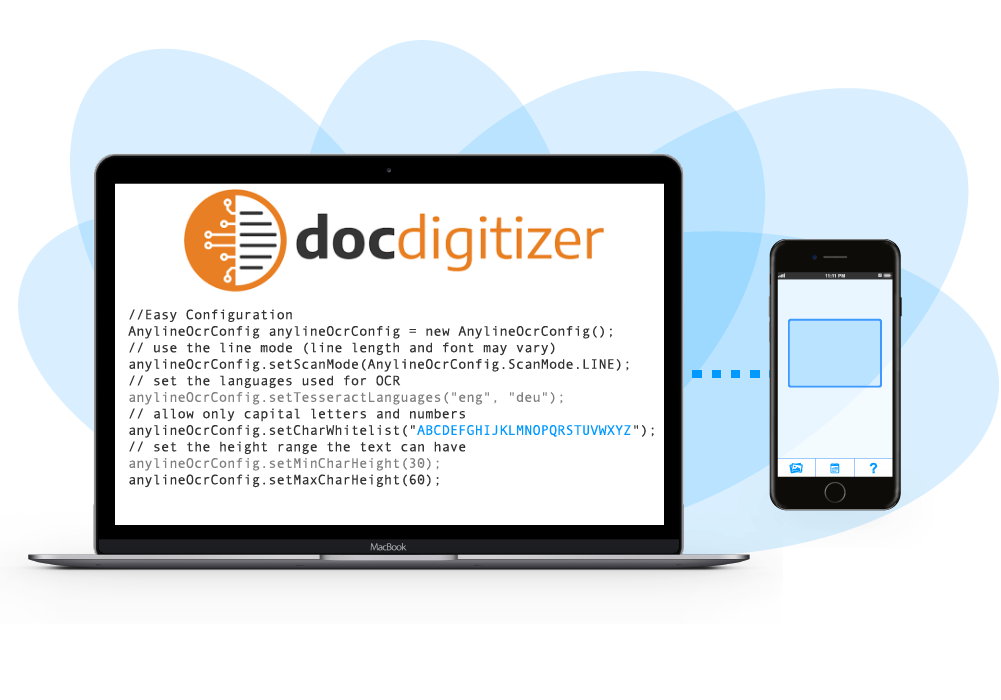Why Is Your OCR Technology Limiting Your Digital Transformation?

Data is the foundation of every business. The way that organizations streamline their information is critical to their ability to become digitally transformed.
Why Is Your OCR Technology Limiting Your Digital Transformation?
OCR (Optical Character Recognition) technologies are well known for their capability to support process automation. They provide a way to digest information and drop repetitive data-entry tasks.
Despite their wide adoption, these technologies lag on keeping up with digital and less structured reality, limiting their ability to support more disruptive automation strategies.
This reality pushes companies towards the management of unstructured information. Scalable, intelligent, and reliable alternative data capture technologies are required to support a sustainable digital transformation strategy.
Not Designed To Help You Process Unstructured Inbounds
Inbound channels are increasing in quantity and diversity. If in the past, most information was paper-based, nowadays information is streamlined via emails, mobile apps, and websites.
Quickly and efficiently managing this vast inbound of unstructured information is a challenge for most template-based OCR solutions.
Most of the time, the information will not have a clear layout pattern, making it so that the cost of building a template for every single type of document will not generate ROI.
Requires Data Validation
The OCR data validation process is one of the most conditioning factors in the ROI of any OCR initiative.
Think about it… Let’s say that you did an excellent job with your template configuration and your OCR is correctly extracting most of the data you need.
But, how can you be sure that the data is correct?
Traditional OCR requires you to check and confirm by hand, over and over again, if the information is correct or not.
This process is far from scalable, requiring your time and, once again, imposing costly data-entry activities without clear value-added to your business.
Complex Licensing Model
The licensing model of these technologies is far from simple. Licenses per page, scanner, revision station, server are common. Plus, you should sum up all the consultancy and implementation services that you need to have everything up and running.
You also need to account for the allocation of your staff to data validation and correction, since a clear accuracy SLA is provided.
DocDigitizer is a Data Capture Platform as a Service, designed from day one to lay the groundwork for the next generation of OCR technologies.
Our mission is to democratize data capture, offering reliability, scalability, and simplicity to support disruptive digital transformation and automation initiatives.

- Accurate data – We ensure 99% guaranteed accuracy out of the box for any use case.
- No setup fees – 5 minutes setup process for any use case, even unstructured documents (independent of the format, language or layout).
- Transparent pricing – We charge by document, independent of the type, number of pages, or language.
How Do We Do It?
We leverage state of the art proprietary Machine Learning and Natural Language Processing technologies.
We combine the speed and scale of machine data capture with the assurance that comes only from our crowdsourcing of data curators.
All this is included in the form of an API as a service, providing the automation enabler that you need to support any digital transformation or RPA (robot process automation) initiative.
Related Content: WHAT IS THE RETURN ON INVESTMENT OF IMPLEMENTING OCR AUTOMATION IN MY COMPANY?